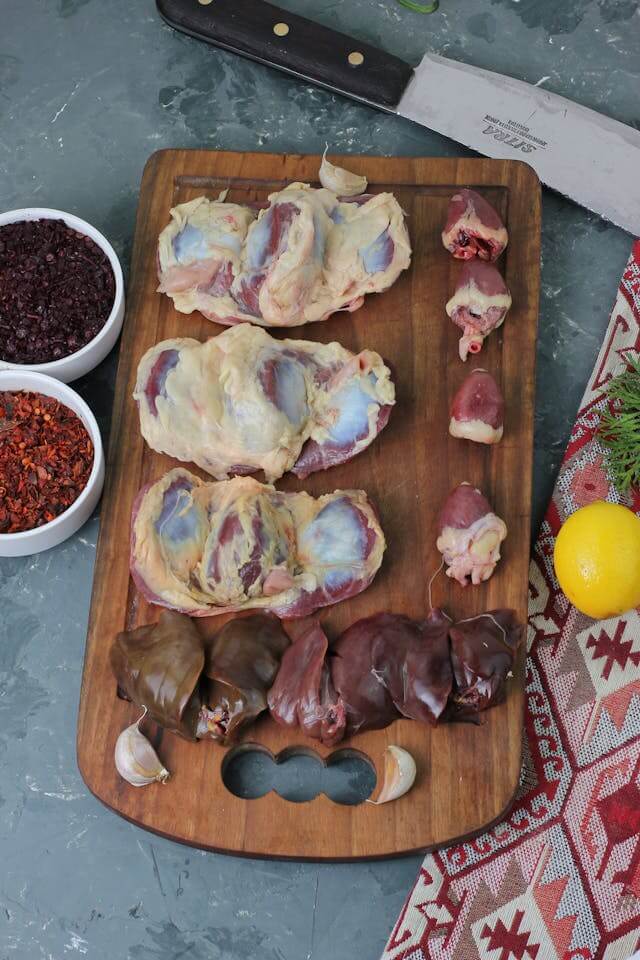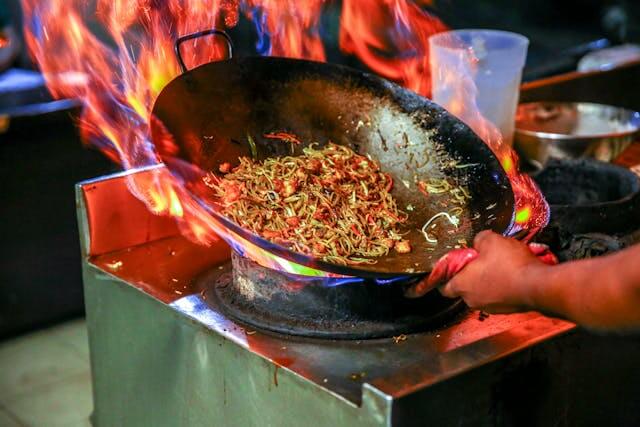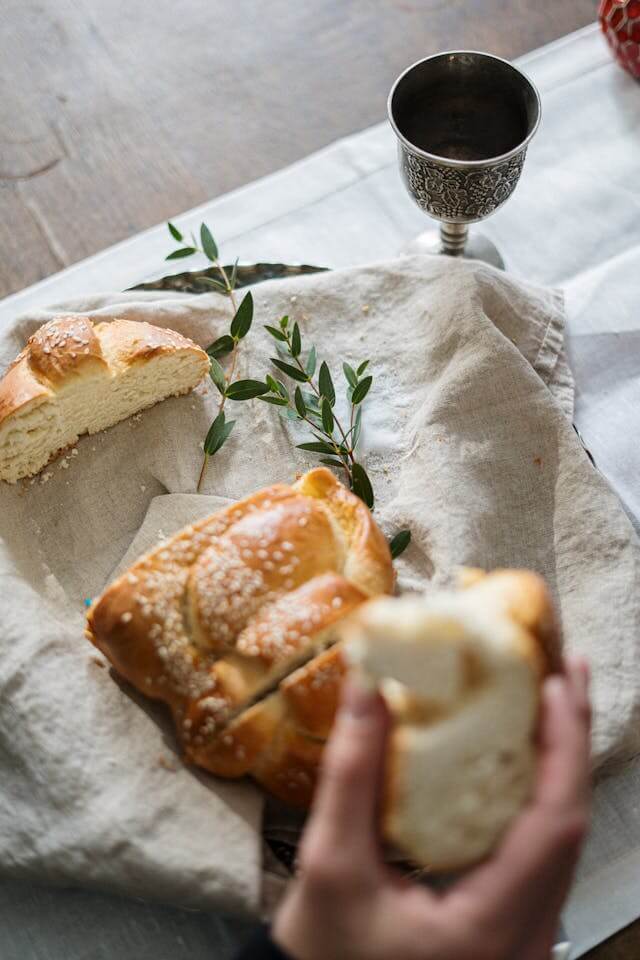Roasting liver and heart is required to kosher them properly, due to their high blood content. This process must follow halachic guidelines, with some differences between Ashkenazi and Sephardic customs. Use this step-by-step guide to ensure proper preparation and koshering.
Before You Start: Preparations
Defrosting
Not required. You can roast liver/heart while frozen.
If defrosting, do not use hot water.
Seasoning:
You may season or apply oil to the liver or heart.
You may also oil the skewer or grill rack.
Cutting Instructions:
Must be scored both lengthwise and widthwise (“cross-hatched”).
Pre-sliced liver is exempt.
Chicken liver: Ashkenazim are generally lenient but some prefer to score it anyway.
Heart:
Must be cut lengthwise or widthwise.
Remove blood clots and drain as much blood as possible.
Whole hearts may not be roasted on a skewer.
Customary to remove the pointed tip (known as “orlat halev”).
Utensils Used When Raw:
Any utensils used while the meat is cold remain fully kosher.
How to Roast Properly:
A perforated surface, such as a grill rack or a skewer with holes, which allows blood to drain freely.
Do not use:
A pan, skillet, griddle (plancha), or any solid surface that traps blood.
No foil wrapping.
Don’t use Electric grills like Ninja Grill, as blood accumulates underneath.
Steam Warning:
You may place water at the bottom of an oven or electric grill.
Do not close the oven door or cover the grill if steam rises, as this causes cooking (not roasting), which is not halachically valid.
Do Not Mix:
Do not roast liver with vegetables or other meats.
Ashkenazim apply this also to hearts. Sephardim permit hearts to be roasted with other items.
Nothing Above:
Do not place bread, pitas, or other food above the roasting liver/heart — blood vapor may rise and render them forbidden.
Roasting Time
Roast until the liver or heart is at least half-cooked.
Ideally, continue roasting until the outer surface is fully dry.
After Roasting:
As soon as the flame is off or coals begin to cool, immediately remove the meat from the grill or skewer.
This prevents it from reabsorbing blood from the cooking surface.
After Roasting
Rinsing:
Ashkenazim: Rinse the liver or heart three times after roasting.
Sephardim: Rinse only if the meat will be cooked afterward.
Cooking After Roasting:
You may cook the liver or heart only if less than 72 hours have passed since the animal’s “shechitah”.
If more than 72 hours have passed, do not cook or reheat the meat in sauce.
Using Utensils
After Roasting:
Ashkenazim: Utensils used for roasting (grill rack, skewers, tongs) are considered non-kosher (treif).
They may only be used again for roasting uncooked liver/heart, or after koshering them.
Sephardim: Allow reuse after thorough cleaning of blood residues.
While Raw:
Utensils used for raw liver/heart (when cold) remain kosher for all uses.
Additional Notes
If the roasting surface has indentations or grooves, use only the sloped sides to avoid blood pooling.
While the Shulchan Aruch does not require salting liver before roasting, some Sephardic authorities recommend lightly salting beforehand—especially if you plan to cook it later.
Nachman Harris. Kosher Expert.
Available for any of your questions







